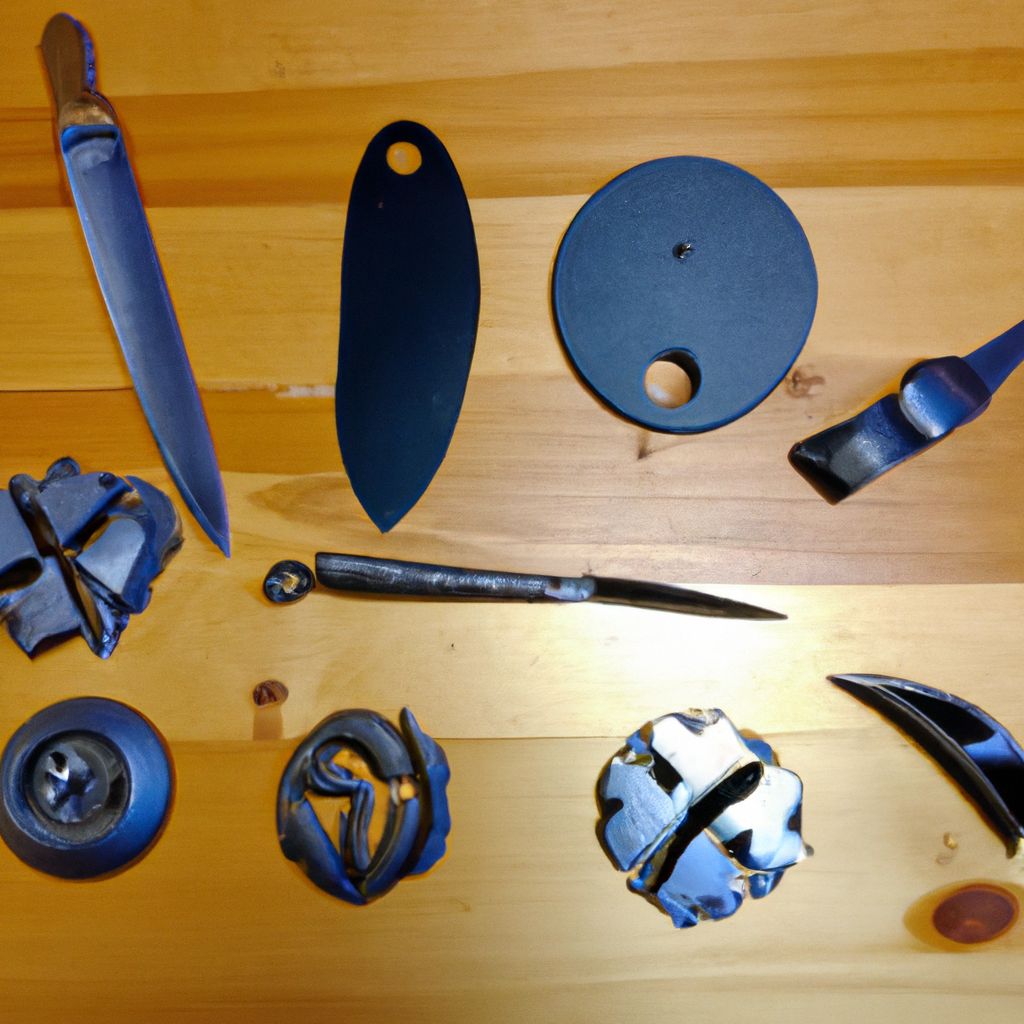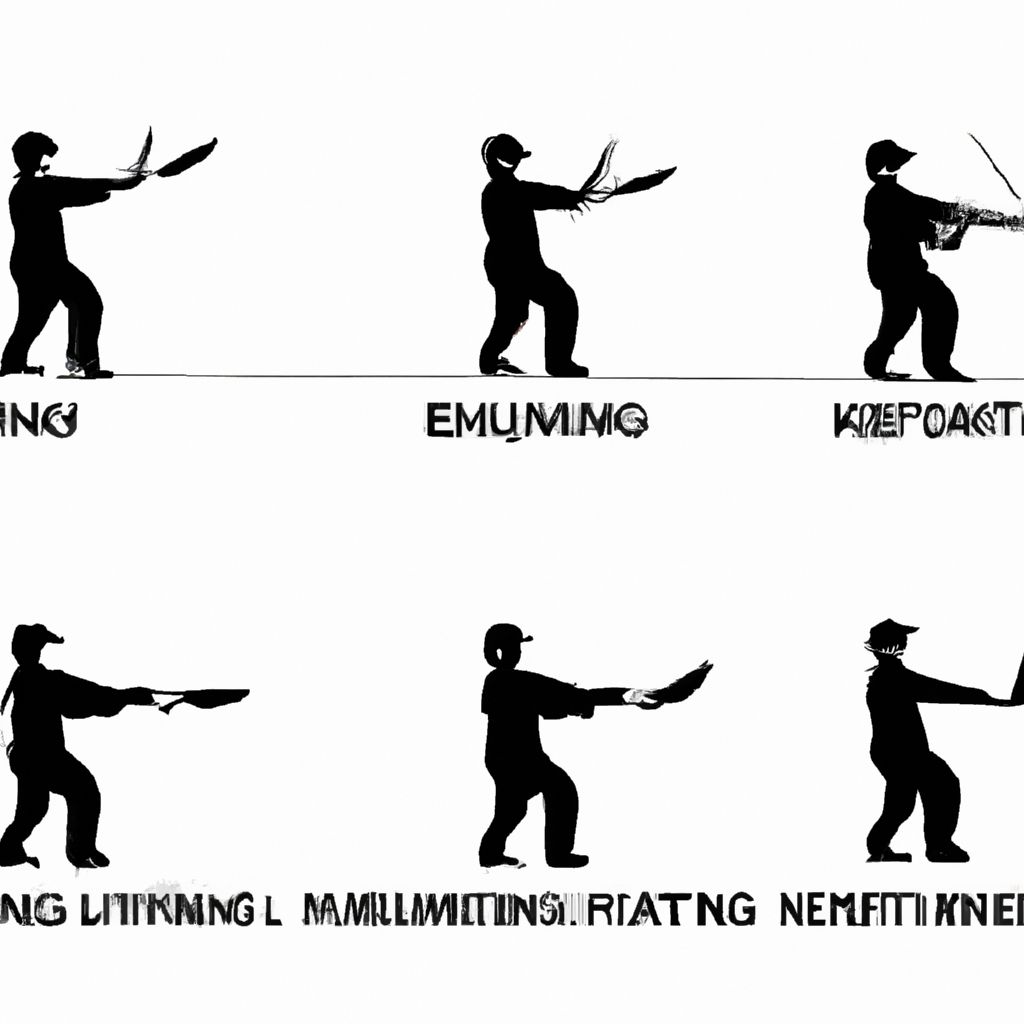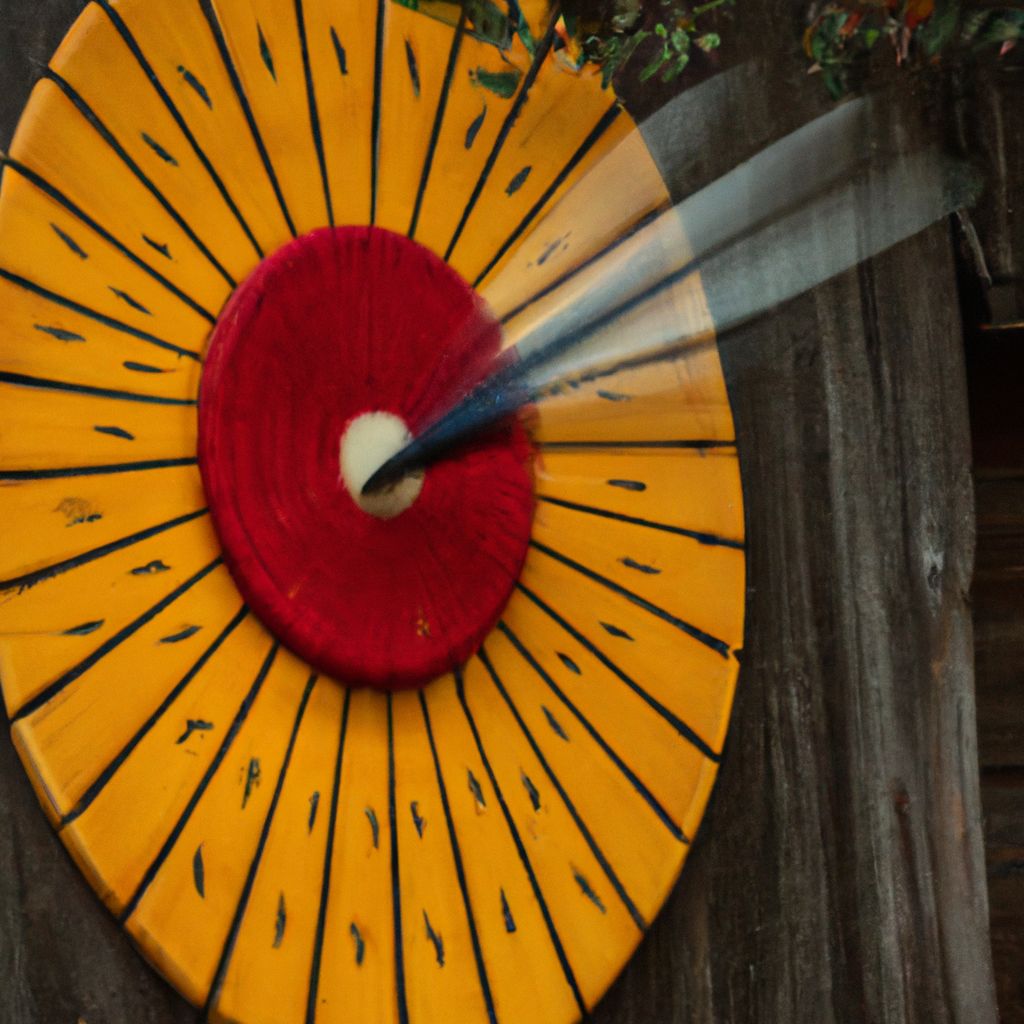- Introduction to Knife Throwing
- Types of Throwing Knives
- Materials and Construction
- Size and Weight Considerations
- Safety Considerations
- Maintaining Your Throwing Knife
- Top Throwing Knives in the Market
- Conclusion
Introduction to Knife Throwing

Knife throwing, as a hobby and sport, has seen a significant rise in popularity in recent years. This thrilling and skillful activity, requiring precision, concentration, and proper technique, can be both a fun pastime and a competitive sport.
At its core, knife throwing involves the act of securely and accurately launching a knife at a target. The basic principle is to use a throwing motion that allows the knife to rotate in the air, hitting the target with the blade.International Knife Throwers Hall of Fame's guide.
The success of knife throwing hinges greatly on the thrower's skill. However, the choice of knife plays an equally crucial role. Using the right knife can enhance your performance, make throwing easier, and increase your safety.
With numerous options available in the market, choosing the right knife for throwing can be a daunting task. In the following sections, we'll delve deeper into various aspects that can influence your decision and help you make an informed choice.
Types of Throwing Knives
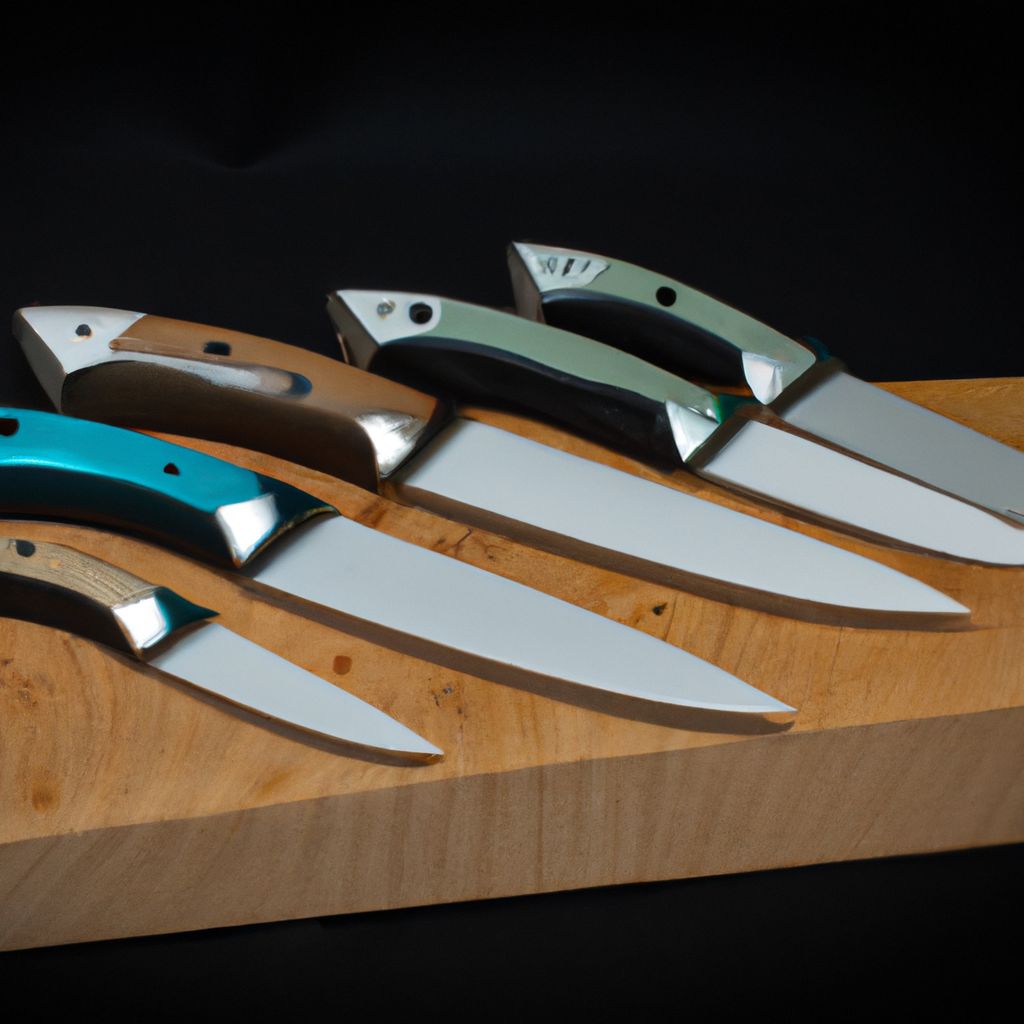
Understanding the different types of throwing knives available in the market is key to selecting the right one for your needs. Broadly speaking, throwing knives can be categorized based on balance type, blade type, and handle design.
- Balance Types
- There are three balance types: handle-heavy, blade-heavy, and balanced. Handle-heavy knives have more weight in the handle, which makes them rotate slower. Blade-heavy knives, on the other hand, have more weight in the blade, causing them to rotate faster. Balanced knives have an equal distribution of weight, offering a consistent rotation speed.
- Blade Types
- Throwing knives also differ in blade types. Some have a single-edged blade, while others are double-edged. The choice between these largely depends on personal preference and the rules of the competition you are participating in.
- Handle Designs
- Handle design is another vital aspect to consider. Some knives have bare handles, while others come with cord-wrapped handles for improved grip. Additionally, some throwing knives feature a skeletal design, reducing weight and offering a different grip experience.
Each of these types has its own advantages and disadvantages, and the choice often comes down to personal preference and throwing style. Therefore, it's important to try out different types before settling on the one that suits you best.
Materials and Construction
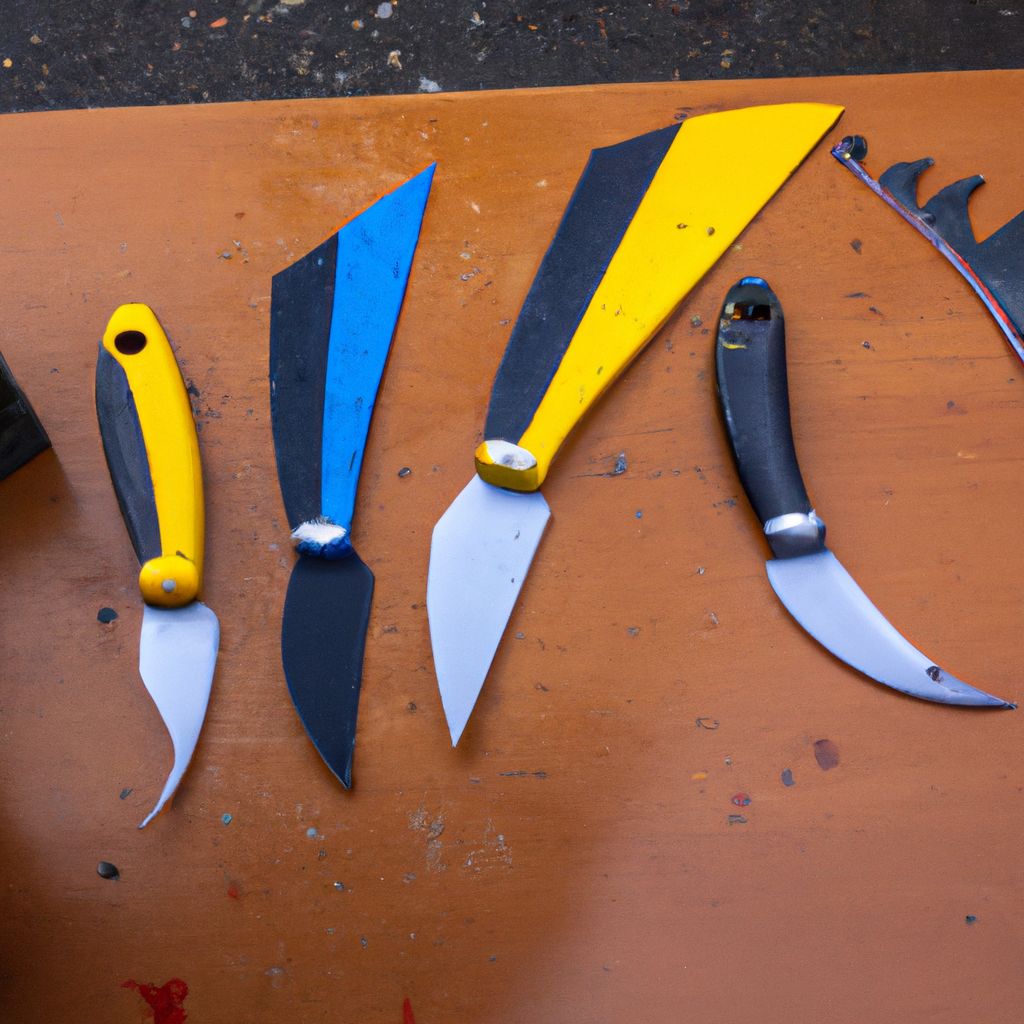
The material and construction of a throwing knife are crucial factors that greatly influence its performance, durability, and safety. Typically, throwing knives are made of steel, but the type of steel can vary, leading to different characteristics and suitability.
- Stainless Steel
- Stainless steel knives are highly resistant to rust and corrosion, making them great for outdoor use. They are also easier to maintain. However, they can be more brittle than other types of steel, making them potentially less durable when used frequently.
- Carbon Steel
- Carbon steel knives are known for their durability and sharpness. They are typically stronger and hold an edge better than their stainless steel counterparts. However, they require more maintenance as they are prone to rust and corrosion.
Furthermore, it's important to consider the knife's construction. For instance, knives made from a single piece of steel (also known as 'full tang' knives) are generally more durable and balanced than those with separate handles.
Apart from the material and construction, the thickness and length of the knife also play a significant role in its performance. A good throwing knife should be thick enough to withstand the impact of throwing without bending or breaking, and long enough to ensure a stable flight.
Size and Weight Considerations

The size and weight of a throwing knife are critical factors that can drastically affect your performance. They influence the knife's rotation speed, stability during flight, and the force of impact. Therefore, finding the right balance is key to effective throwing.
- Size
- A good throwing knife usually measures between 8 to 16 inches in length. Shorter knives tend to rotate faster and are generally recommended for beginners due to their easier handling. Longer knives, however, offer better stability and accuracy but require more skill to throw correctly.
- Weight
- The weight of a throwing knife typically ranges from 200 to 450 grams. Lighter knives can be thrown faster and with less effort, but they are more affected by wind and may not penetrate the target as well. Heavier knives require more strength to throw, but they offer better penetration and are less influenced by wind.
As a rule of thumb, a good throwing knife should weigh approximately 1.5 ounces for every inch of its length. This provides a good balance between rotation speed and stability.Expert advice from professional throwers.
Ultimately, the right size and weight depend largely on your personal comfort, skill level, and throwing style. It's recommended to try out different sizes and weights to find what works best for you.
Safety Considerations

Safety should always be a top priority when throwing knives. This includes not only choosing a knife with a safe design but also employing proper throwing techniques and precautions.
- Safe Knife Design
- A safe throwing knife should have a blunt, rather than sharp, edge to prevent cutting your hand while throwing. The tip, however, should be sharp enough to stick into the target. The knife should also be made from a single piece of metal without any loose parts that could break off.
- Proper Throwing Techniques
- Using proper throwing techniques is essential for safety. This includes holding the knife correctly, using a suitable throwing motion, and standing at an appropriate distance from the target. It's always advisable to learn from a professional or a reliable guide to ensure you're throwing safely and effectively.
Additionally, you should always ensure your throwing area is safe. This means having a clear and secure target, maintaining an adequate distance from other people, and checking for any potential hazards in the vicinity.
Remember, no matter how safe your knife is, the most important factor for safety is the thrower. Always handle your knife responsibly, follow safety guidelines, and never throw when you're not fully concentrated or in the right condition.Safety first.
Maintaining Your Throwing Knife
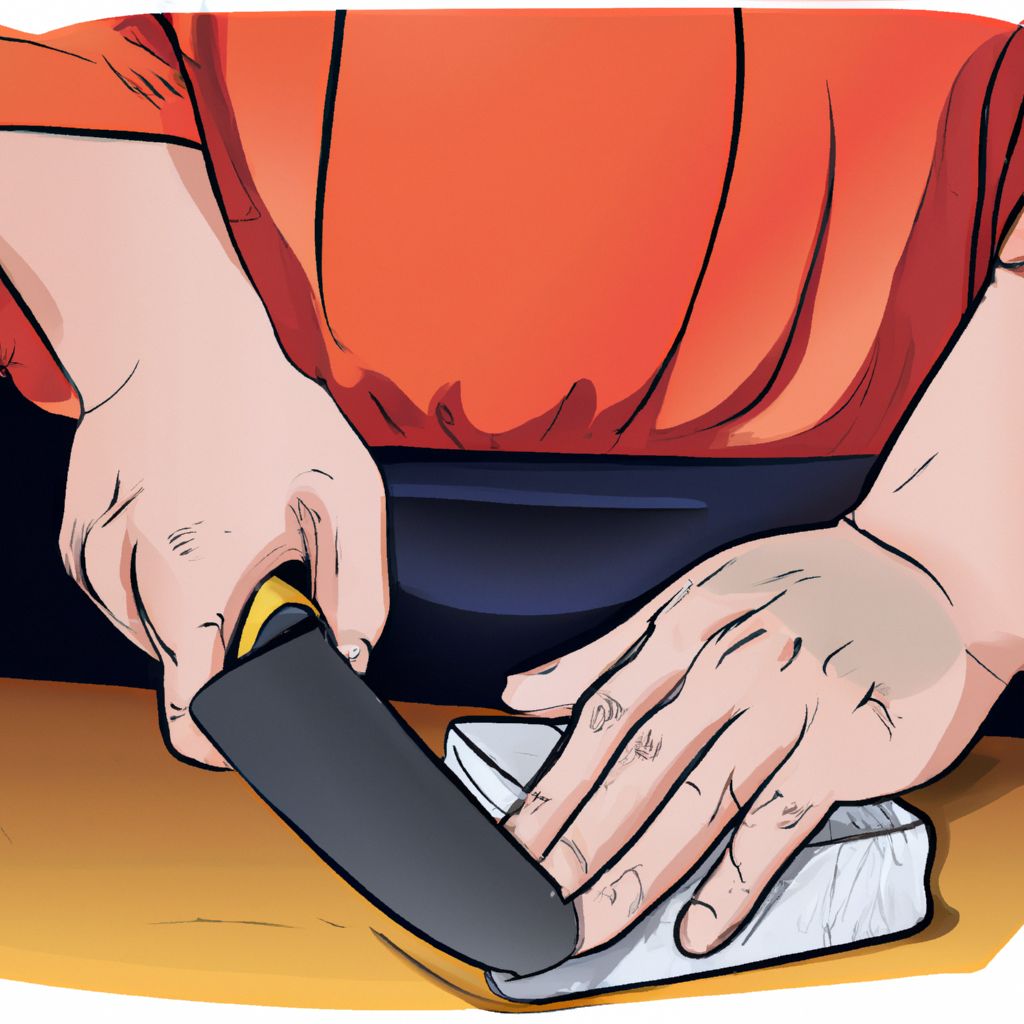
Proper maintenance and care are essential to ensure your throwing knife lasts longer and performs optimally. Here are some tips on how to keep your throwing knife in the best condition possible:
- Cleaning
- After each throwing session, clean your knife to remove any dirt or debris. For stainless steel knives, warm soapy water will suffice. For carbon steel knives, you may need a specialized cleaning product to prevent rust.
- Drying
- Always dry your knife thoroughly after cleaning. This is especially important for carbon steel knives, which can rust quickly when left wet.
- Storage
- Store your knife in a dry, cool place. If your knife came with a sheath, use it to protect the blade when not in use. Never store your knife in a leather sheath for long periods, as leather can attract moisture and cause the blade to rust.
- Regular Checkups
- Regularly inspect your knife for any signs of damage, such as chips or cracks. If you notice any, it's best to replace the knife to prevent accidents.
- Oil Application
- For carbon steel knives, applying a thin layer of oil after cleaning can help prevent rust. Use a cloth to evenly spread a small amount of mineral oil on the blade.
Proper maintenance not only extends the lifespan of your knife but also ensures that it remains safe to use. Always remember, a well-kept knife is a well-performing knife.Advice from professional throwers.
Top Throwing Knives in the Market
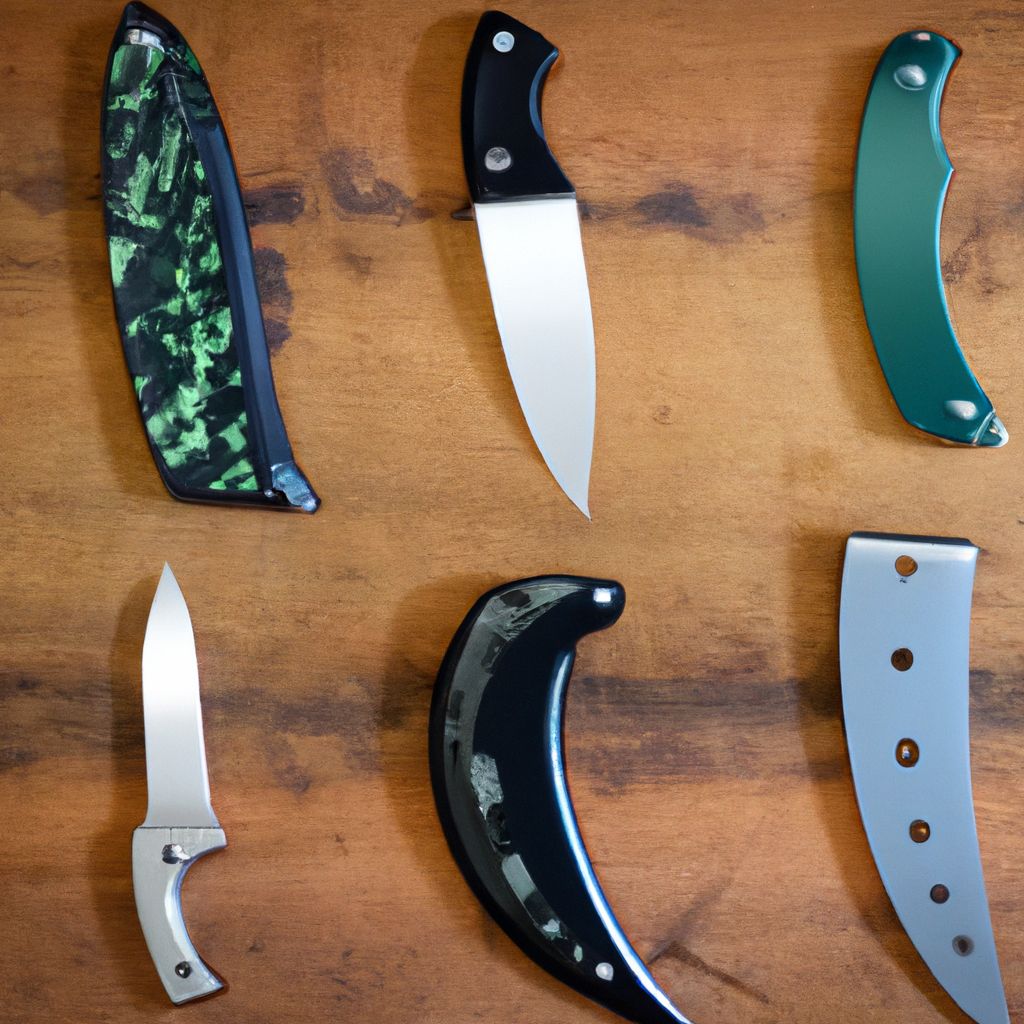
With a myriad of options available, selecting a throwing knife can be a challenging task. To help you make an informed decision, here are some of the top throwing knives in the market:
| Knife | Features | Pros | Cons |
|---|---|---|---|
| 1. Cold Steel True Flight Thrower | 12-inch overall length, made of 1055 carbon steel, comes with a sheath | Durable, well-balanced, excellent for beginners | Handle wrapping may come loose with use |
| 2. Smith & Wesson SWTK8CP Six 8in Stainless Steel Throwing Knives | Set of 6 knives, 8-inch length, dual-edged spear point tips, comes with nylon sheath | Good value for money, versatile, suitable for different throwing styles | May be too light for some throwers |
| 3. SOG Throwing Knives F041TN-CP | Set of 3 knives, 10-inch length, made of high carbon steel, removable paracord for handle wrapping | Comes with a multi-position sheath, paracord can be used for survival situations | Some may find the knives too thin |
| 4. Perfect Point RC-595-3 Throwing Knife Set | Set of 3 knives, 5.5-inch length, stainless steel, comes with a nylon sheath | Compact, lightweight, good for close-range throwing | Not suitable for long-range throwing |
| 5. Gil Hibben Cord Grip Triple Thrower Knife Set | Set of 3 knives, 8.5-inch length, made of 420 stainless steel, cord-wrapped handle | Good grip, well-balanced, durable | Handle cord may come loose with time |
Each of these knives offers a unique combination of features, making them suitable for different throwers and throwing styles. Remember, the best throwing knife for you depends on your personal preferences and needs.
Conclusion

To conclude, choosing the right throwing knife is crucial for both your performance and safety. By understanding the different types of throwing knives, considering factors like material, construction, size, and weight, and maintaining your knife properly, you can significantly enhance your throwing experience.
Whether you're a beginner or an experienced thrower, always remember that the best knife is the one that suits your personal style and comfort. So, don't shy away from experimenting with different options until you find the one that feels just right.
As you embark on the exciting journey of knife throwing, we hope that this guide helps you make an informed decision for your next purchase. Happy throwing!


